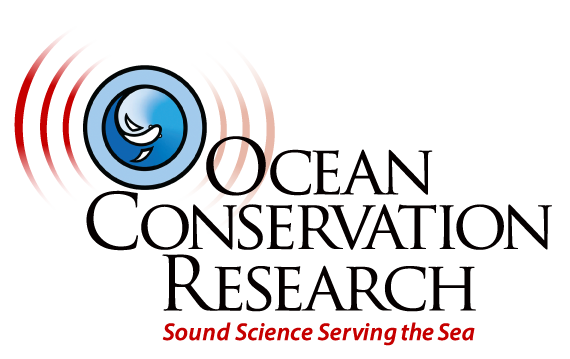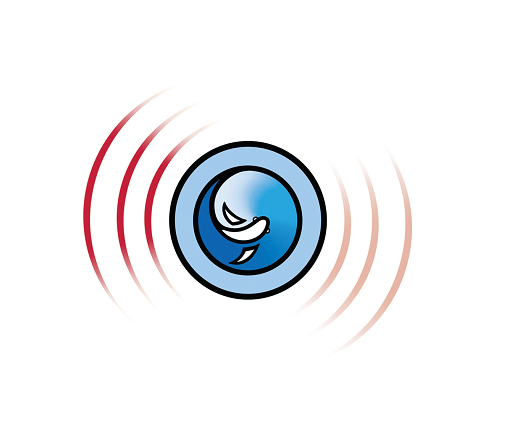This is a collection of one week of continuous recordings in the Arctic ocean, provided courtesy of Cornell University’s Macaulay Library, which we converted into 120 hours of video audiographs. Listening to these recordings over the weeks of conversion was quite evocative of a primordial habitat. Take some time and listen – or just play them in the background!
To listen, choose a day in April 2011 and click on a time of day. Some days and times are much more active than others. Take some time and enjoy these mysterious soundscapes then learn more about using sound to study nature.
Hydrophones are set up and submerged to a desired depth to collect sounds, sometimes for months at a time. The recordings are the equivalent of setting up a microphone in the middle of a neighborhood or a forest. There are many overlapping sounds and the amount of activity changes over time.
After some time the hydrophones are retrieved and the recordings are analyzed. These sounds are from a week in April, 2011. To listen, choose a day and select an hour.
The 5 days of audio recordings were provided courtesy of Macaulay Library.




